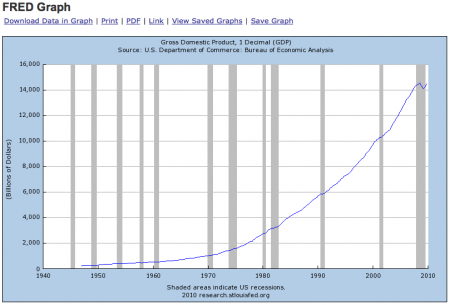How do you know if you’re a good teacher is a question we all ask ourselves as we go through the Montessori teacher training and when we reflect on our time in the classroom. Most of us do not come from traditional educational backgrounds. Angeline Stoll Lillard (2007; p. 379), who literally wrote the book on the cognitive and pedagogic research that supports the Montessori approach, writes that in 1946 Maria Montessori “advised that Montessori teachers not take traditional education courses, because such courses would deepen their adherence to traditional methods and ideas.”
Lillard’s own belief is that although educational training programs have improved since the 1940’s (they teach more constructivist methods similar to Montessori) new teachers going into traditional schools today get pounded down by the institutional structure of these schools (the traditional classroom layout, the testing etc.) so that they are rarely able to apply those approaches and end up falling back into the traditional methods. Interestingly, according to an article by Amanda Ripley in the Atlantic, “a master’s degree in education seems to have no impact on classroom effectiveness.” (at least within the Teach for America program). The Teach for America research found that the key traits that predicted a teacher would be good are contentedness with their own life and perseverance.
Of course you have to ask yourself, how do they determine if a teacher is a good teacher? Unfortunately, they do it through standardized test scores. This, in and of itself, is not necessarily a bad thing, because evaluating good teaching is important and difficult to put into numbers. Even crude measures of the quality of teaching can be useful if there is no other available evidence. But increasing the uses of standardized tests has a tendency to shape the entire educational system toward the test itself. In addition, there is a lot of evidence that a focus on testing is not a good way to get students to learn. It devalues the learning to the student, and focuses the attention of the teacher on the test, and, “The very structure of such tests, breaking learning into components that are tested in a disjointed manner, discourages integrated learning” (Lillard, 2005; p 344).
Yet the focus on testing intensifies. In Washington D.C., teachers are now being scored and potentially fired based on test scores. According to Ripley, teaching quality will now be numerically scored, and for “teachers whose students take standardized tests, half their score will be based on how much their students improved.” At the federal level, there is a new educational initiative where:
states must first remove any legal barriers to linking student test scores to teachers—something California and Wisconsin are already doing. To win money, states must also begin distinguishing between effective and ineffective teachers—and consider that information when deciding whether to grant tenure, give raises, or fire a teacher or principal
The two sentences above are separated by a period into two different ideas, but their confluence appears to be inexorable. While testing should be a component of evaluation, test scores are easy to use and come in the form of easy to understand numbers, so the over-reliance on them seems inevitable.
While there is a clear need to identify good teaching and teachers, I do not believe that standardized tests are the answer.

